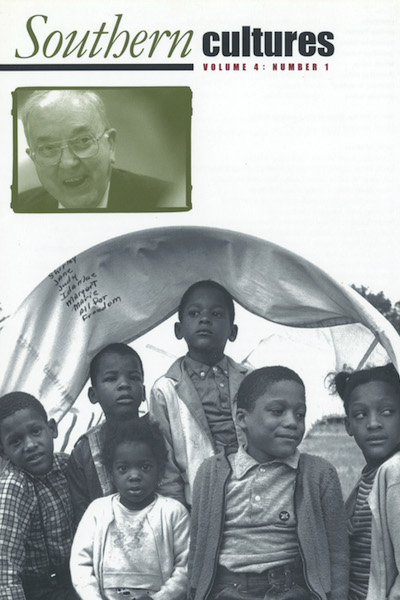University of North Carolina Press, 1995
Over the past twenty years, numerous scholars have examined in considerable detail the desegregation experiences of urban school systems throughout the United States. Understandably, the Supreme Court’s 1971 decision to allow busing as a desegregation tool has been the focal point of many of these studies. When the success of desegregation is measured in terms of the level of integration achieved, community support for public education, the burden of busing imposed disproportionately on black students, and white flight from the public school systems, it isa difficult to avid the conclusion that desegregation in general (and busing in particular) has been a failure.


